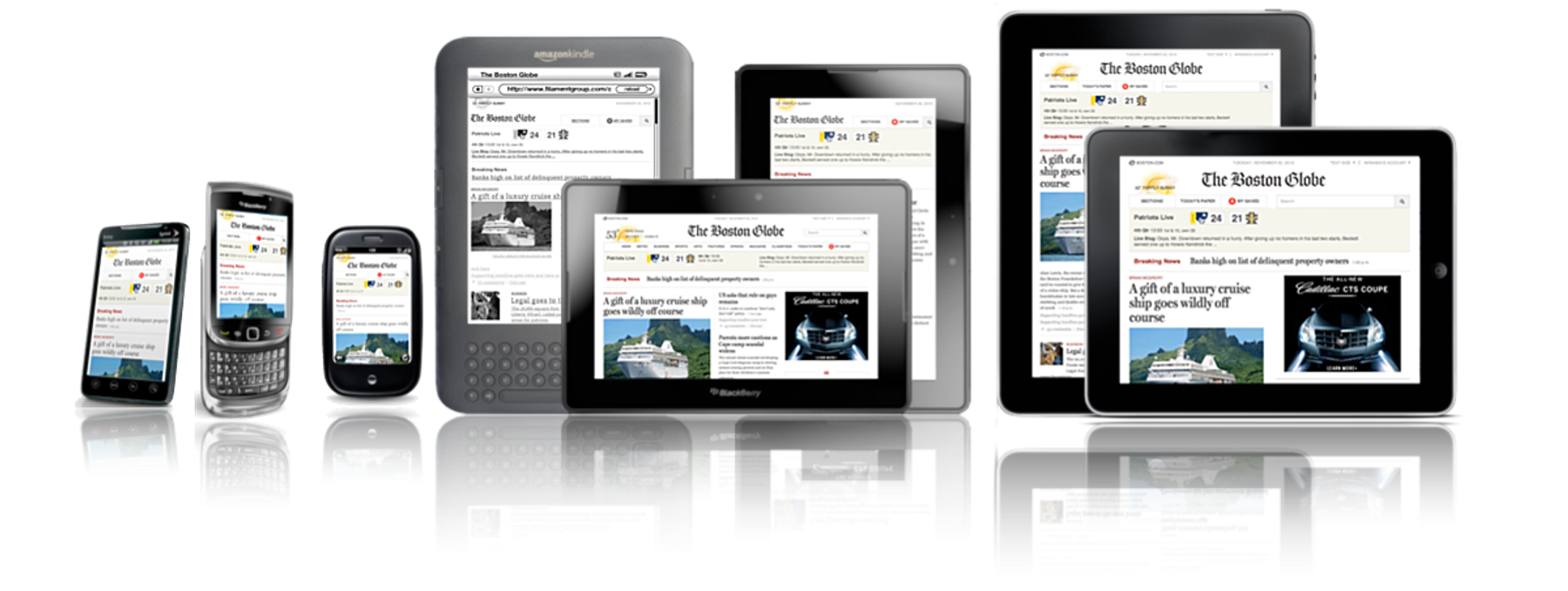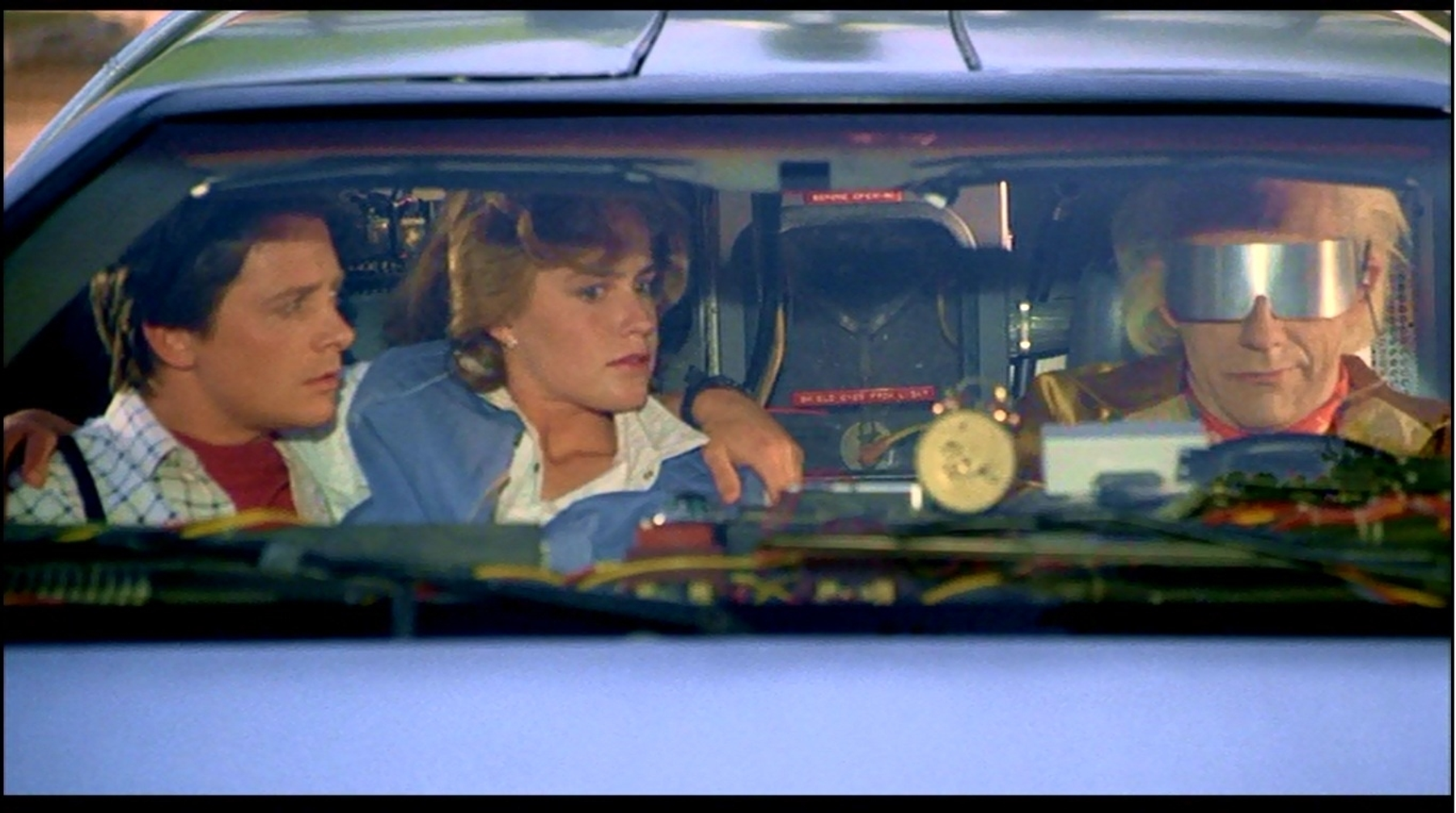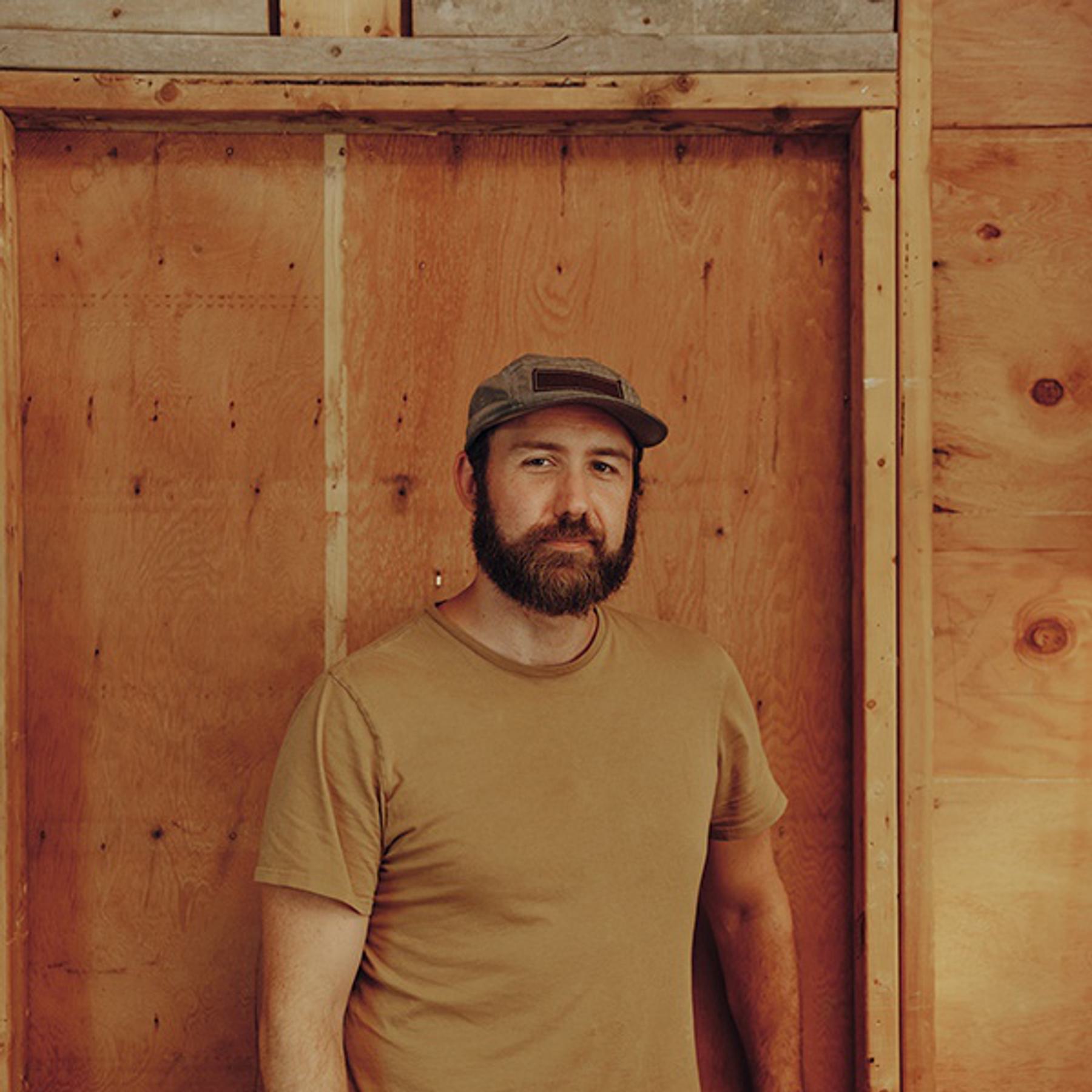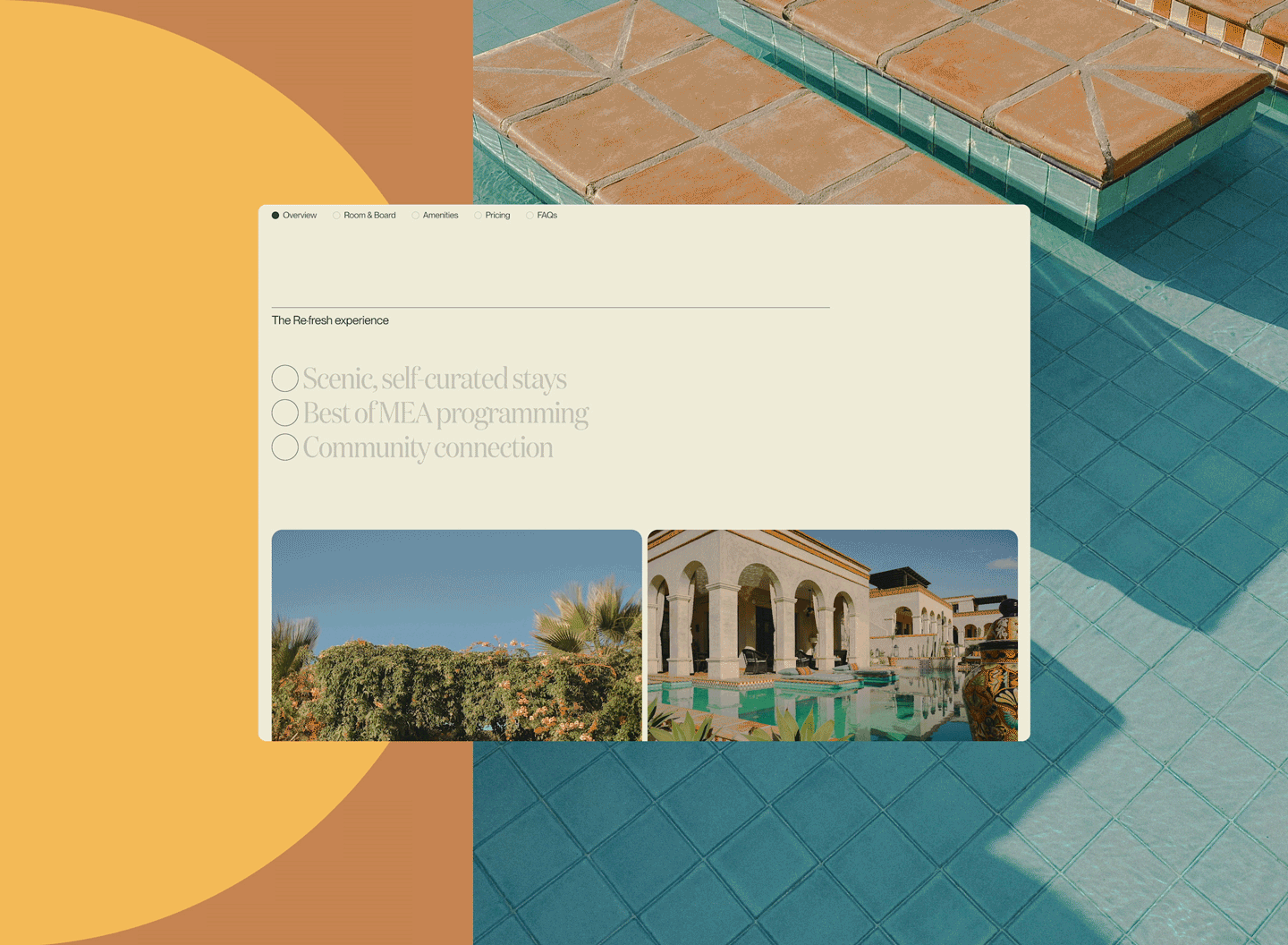Our Chief Technology Officer shares big-picture thoughts on AI, as well as specific use cases we've deployed so far in design, engineering, and strategy.
I believe that the thing that makes me a decent technologist is my skepticism. I grew up with, on, and despite the internet, and I’ve seen that for each way technology has made life better, it’s never failed to make a different aspect of life worse. It’s impossible to evaluate the tradeoffs of something as broad as the “technology” developed between fire and AI, but my gut says if we had a magic eraser and removed somewhere around 85% of it, we would all be better off.
People predict that AI will cure cancer in five years. They’re probably right, but I think it will also further marginalize underserved populations, increase the amount and efficacy of false information, and amplify the echo chambers of social media to a deafening roar.
Despite all the hype around the realism of its output, ChatGPT isn’t alive in the spiritual sense. There’s actually a beautiful simplicity to how AI works under the hood. At its core, it’s good old fashioned math and statistics, modeled on our ancient analog brains. While that provides some solace, how it works doesn’t make what it’s capable of any less [insert an adjective somewhere between exciting and terrifying]. AI doesn’t need to be sentient to do harm; humanity has more than enough capacity for that.
The best (and hardest) path forward is always closer to the middle.
A reasonable response is fear. Despondence. Throwing away the computer and joining the touch grass movement. It’s very appealing, but it’s ultimately a response of privilege. It’s as bad as the unchained hubris of “move fast and break things” tech startups claiming that AI is here to save us all. I don’t want my kids dealing with the consequence of either mindset. The best (and hardest) path forward is always closer to the middle.
We’re in a new era of technology, and everyone is trying to figure out the full implications. The most we can do is look behind (having been trained on our collective human dataset), make some scientific wild-ass guesses (leverage statistics with a heavy pinch of randomness), and iterate adaptively on the things that show promise. (See what I did there?). We can do many things in response to AI, but there’s one thing we absolutely can’t do—ignore it.
AI as a prompt for innovation
We’ve learned a lot as we move beyond speculation and take a practical approach to AI. There are new tools and products emerging daily. Agencies like ours can and should evaluate these tools and adopt the ones that make our process better and our work stronger. But we also see a bigger opportunity. The most exciting prompt for Upstatement is not “How might we consume AI?” but “How might we influence AI?” We don’t have to be passive bystanders as AI happens to us.

We’re used to working at the forefront of new technology. Upstatement was founded during the early days of the mobile revolution, giving us the opportunity to shape the way the world designs and builds for the web. In 2011, we launched the first mainstream responsive website for the Boston Globe, and today, we’re busy exploring what we can do with AI—for our workflow, for our clients' products, customers, and business objectives, and for the world at large. There are many potential implications, and while no one has a crystal ball to see beyond generative AI’s current early adoption stage, there are things we’re doing now to position ourselves, and our clients, as benefactors.

AI in use
As an institution, we’ve always learned best by doing. We start with big ideas and an MVP, then iterate based on real-world feedback. Our evolving perspective and deepening expertise on AI is rooted in on-the-ground research and active use in real projects. Over the past few months, we’ve used AI to serve as an on-staff illustrator, search across complex data sets, generate art direction, expand branding opportunities, and as a tool for engineering productivity. A few of our applications so far:
Proof of concept for a climate startup’s new brand
We developed the brand for Leonardo DiCaprio and Laurene Powell Jobs’ climate media startup Earth Alliance, generating visuals through AI-developed art direction for human creators. We were then able to use their work to teach and refine the AI, breaking new ground for imagery creation workflow and collaboration. Concerned about copyright, energy consumption, and human jobs led us to develop a loose rubric for appropriate use cases.

Generative tools for content creation and fact-checking
We built a Mad Libs-inspired prompt generator to inspire human editors, speed up the story ideation and development process, deepen the content library, and activate opportunities for user interactivity.
![A web page featuring a text box with dropdown menus. The text reads, "A [dropdown: Instagram post] about [dropdown: renewable energy] using a [dropdown: funny] tone." Below, there's a button labeled "Go" and a sample text result encouraging renewable energy.](https://ups-com.transforms.svdcdn.com/production/Blog/Discovery-AI/madlib.jpeg?w=1800&q=82&auto=format&fit=crop&dm=1708008678&s=d1d5fef00acc09fc143a47442f4041f5)
Changing the way we code
We’ve been creating faster. Leveraging GitHub Copilot speeds up writing code and testing tenfold, and we were able to streamline user feedback by using OpenAi to summarize user-submitted bug reports into an actionable triage list. Having AI as a support leaves more time for our engineers to be creative and experiment.
Telling the story of how AI will drive a new generation of productivity and creativity
We collaborated with Microsoft and Godfrey Dadich Partners to design, build, and launch “AI: A Whole New Way of Working” as a companion piece on Worklab for their Microsoft 365 Copilot unveiling.
Elevating the search experience
Building on our existing search-forward work with MIT, we’re creating a chat-driven search and discovery interface that unlocks new possibilities for interacting with data and information.

What we see coming
Viral demonstrations of GPT-4 building websites from hand-drawn notes may prompt an existential crisis for some, but the current reality is that the prevailing positioning for AI is as an assistant, not a replacement.
Still, AI is already making some previous impossibilities possible. With new capabilities courtesy of Midjourney, CoPilot, and Open AI, we’re able to think bigger, smarter, faster, and weirder. We’re imagining applications taking AI beyond its infant command-line stage. Today, AI interaction is primarily confined within a chat box—declarative text prompts asking you to describe the outcome you are looking for. What could we do with it if we thought outside the chat box? What is the macOS to ChatGPT’s UNIX? How might this change the way humans interact with the things we build? Can we use it in an ethical way? To remove bias from user testing and other development processes? To proactively generate leads? To combat misinformation, help students apply to college, and empower users, makers, and causes?

We’re inspired by our early discoveries, and we now have a clearer sense of the short- and longterm opportunities and risks for our clients. It’s apparent that AI is going to change the way every business, product, and brand operates. How exactly, no one really knows yet. But we believe that by leveraging our action bias and instinct for interrogating the premise of our work, we’ll be uniquely positioned for the many possibilities.




